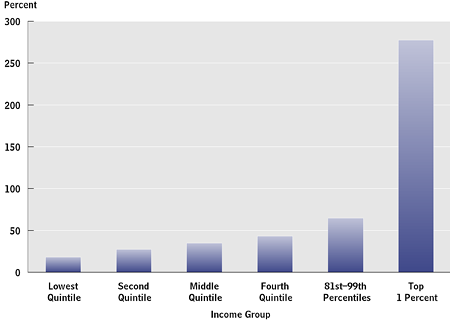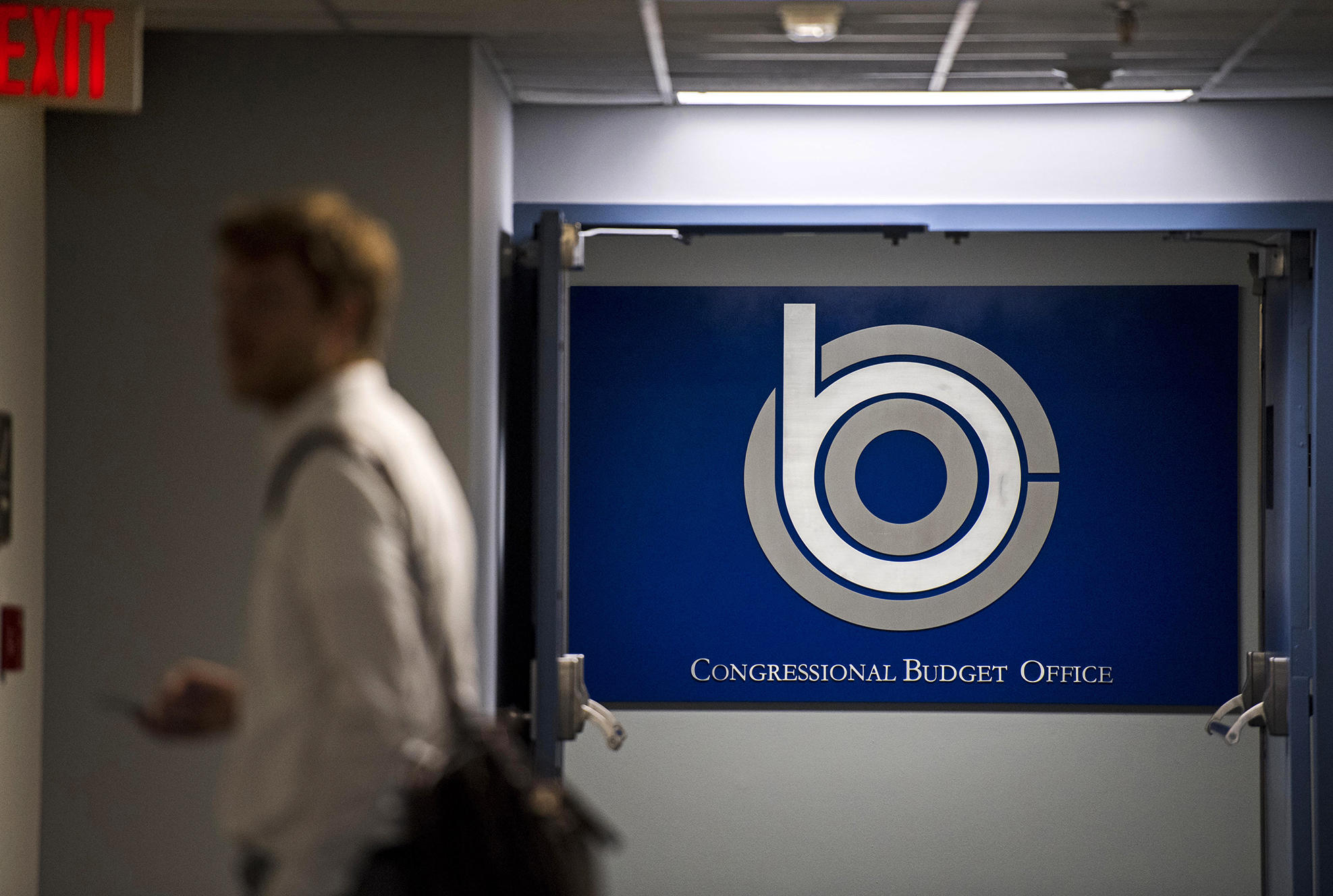

Both CBO’s baseline and its analysis of the Administration’s budget are based on the agency’s most recent economic forecast. Both amounts would be lower than their values in any of the past 50 years.ĬBO’s baseline, which reflects the assumption that current laws governing federal spending and revenues will generally remain in place, is intended to provide a benchmark that policymakers can use to assess the potential effects of future policy decisions on federal spending and revenues and, thus, on deficits and debt. As a share of gross domestic product (GDP), discretionary outlays in 2033 would be 2.5 percent for defense and 2.8 percent for nondefense-the two subcategories of discretionary outlays. (Unless otherwise noted, amounts in this report do not include the effects of proposed changes in mandatory programs that would be enacted in appropriation bills.) Outlays stemming from funding designated as an emergency requirement would account for three-quarters of the total difference over the next decade. Under CBO’s baseline, such funding grows at 2.4 percent per year, on average.Īs a result of those differences in funding, outlays under the President’s budget would be lower than those in the baseline by $16 billion (or 1 percent) in 2024, CBO estimates, and by $1.5 trillion (or 7 percent) from 2024 to 2033. For all other funding-that is, funding not designated as an emergency requirement-amounts in the President’s budget are $28 billion (or 2 percent) higher in 2024 and $819 billion (or 4 percent) lower over the 2024–2033 period than baseline amounts, growing at an average of 1.3 percent annually during that period.The President’s budget contains less funding designated as an emergency requirement than CBO’s baseline does, accounting for roughly two-thirds of the total difference between the estimates over the next decade.Under the President’s budget, CBO estimates that funding would be $70 billion (or 4 percent) below baseline amounts in 2024 and $2.5 trillion (or 12 percent) below baseline amounts over the 2024–2033 period.The main differences between the two sets of projections are as follows: In analyzing the President’s budget, CBO compares outcomes under the discretionary funding requested by the Administration for each year from 2024 through 2033 with outcomes under the funding levels in CBO’s baseline, which incorporate the assumption that funding will grow with inflation after 2023 (or, in the case of advance appropriations, from the amount of the final enacted advance appropriation). 1 In this report, the Congressional Budget Office examines how the discretionary spending proposals in that budget compare with CBO’s most recent baseline budget projections, which span 2023 to 2033.

The Administration submitted its latest annual set of budgetary proposals to the Congress on March 9, 2023.


 0 kommentar(er)
0 kommentar(er)
